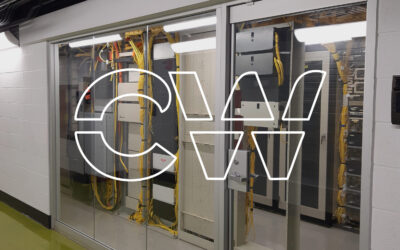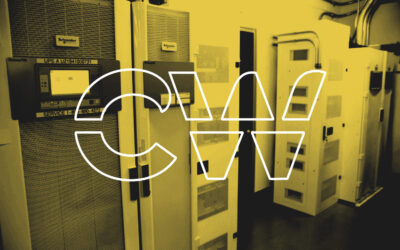In the digital age, the need for robust, scalable, and efficient network infrastructure is more crucial than ever. Colocation facilities, particularly those designed to optimize connections between network providers, stand at the forefront of this technological push. Building a dedicated colocation (colo) InterConnectivity Ecosystem (ICE) facility offers numerous benefits, especially when designed with strategic meet-me rooms (MMRs) that focus solely on trunk connections and minimize cross-connect fees imposed by carrier hotels.
Enhanced Network Reliability and Performance
One of the primary advantages of building an ICE colocation facility is the improvement in network reliability and performance by being better than On-Net. Connecting directly between peer equipment puts you On-On-Net (O₂N). By centralizing the infrastructure in an ICE colo facility, network providers can leverage high-quality, redundant systems that ensure continuous service even in the event of hardware failure or other disruptions. Furthermore, the O₂N proximity of network providers within these facilities allows for lower latency and higher bandwidth connections, which are critical for the performance of real-time applications.
Cost-Effective Scaling
ICE Colo facilities are designed to accommodate the growing needs of network providers, allowing for cost-effective scaling of infrastructure. Instead of each provider bearing the full cost of building and maintaining their own facilities, they share the overheads associated with space, power, cooling, and security in a colo facility. This shared cost model not only reduces individual expenses but also provides the flexibility to expand as network demand increases.
Optimized Meet-Me Rooms
Meet-me rooms in colocation facilities are engineered specifically to facilitate the interconnection between different network providers. By dedicating these spaces solely to trunks, the colo facility can streamline the setup and maintenance of these connections. This specialization ensures that the MMRs are used efficiently and remain uncluttered by ancillary connections, which can often lead to complications and increased costs in more generalized setups.
Reduction in Cross-Connect Fees
One of the significant cost advantages of an ICE colo facility comes from minimizing the cross-connect fees typically imposed by carrier hotels. In a traditional carrier hotel setting, each cross-connect incurs a fee, which can add up quickly for network providers requiring multiple connections. By constructing a colo facility where MMRs are designed specifically for trunk connections, the number of necessary cross-connects can be greatly reduced. This not only lowers the operational costs for network providers but also simplifies the billing and management of these connections.
Increased Control and Security
Operating an ICE colo facility provides network providers with increased control over their physical and network security. These facilities often offer advanced security measures, including biometric access controls, surveillance systems, and 24/7 monitoring. This heightened level of security is crucial for providers handling sensitive or critical data, giving them and their customers peace of mind regarding the protection of their information.

Resource availability and scheduling challenges for cross-connect requests within typical meet-me rooms (MMRs) at carrier hotels can be significantly reduced by designing an ICE colocation facility specifically for network providers. In a dedicated ICE colo facility, the design can prioritize efficient allocation and access to physical infrastructure, allowing for a more organized and predictable method of resource management. By having dedicated spaces and pre-planned routing for cross-connects, such facilities can streamline the scheduling process, reducing wait times and potential conflicts that often occur in carrier hotels where space and access are shared more broadly. Additionally, advanced booking systems and clearer operational protocols in an ICE colo facility can further enhance the efficiency of resource scheduling, ensuring that network providers can meet their connectivity needs promptly and reliably. This focused approach not only optimizes the use of resources but also minimizes downtime and maximizes the operational continuity for all tenants.
Strategic Business Relationships
Finally, colocation facilities foster strategic business relationships by bringing multiple network providers together under one roof. This proximity promotes collaboration and can lead to partnerships that might not have formed otherwise. Moreover, it provides a marketplace environment where providers can easily exchange services and expand their offerings to customers.



